Story and infographics by Junanto Xu
Have you travelled to Bali and was impressed by its spectacular landscape, stunning beaches, exotic culture, lush rice terraces and magnificent volcanic slope of Mount Agung?
But did you know that despite Bali’s fame as an exotic tropical getaway, the island is slowly losing its magic?
With so many tourists flocking here, Bali is under a major threat of losing its authenticity. Green paddy fields here are turning into luxurious villas and hotels, culture is seen as a money-making resource and nature is heavily polluted due to excessive use of resources (such as water).
Also read: Best of Bali: 77 Extraordinary things to do that will make you more of an expert than your tour guide
What’s even more disheartening is the fact that locals don’t even have a voice in deciding its own island development and destiny.
Are we as tourists destroying this once-dreamy travel destination?
To reduce the negative impact of tourism, some local communities are starting to develop more sustainable systems to protect the environment and their culture, and ecotourism is one of the ways in which this can be done.
What is ecotourism?
What comes to mind when you think of ecotourism? Exploring raw exotic natural landscape, interacting with the local people and protecting the natural environment?
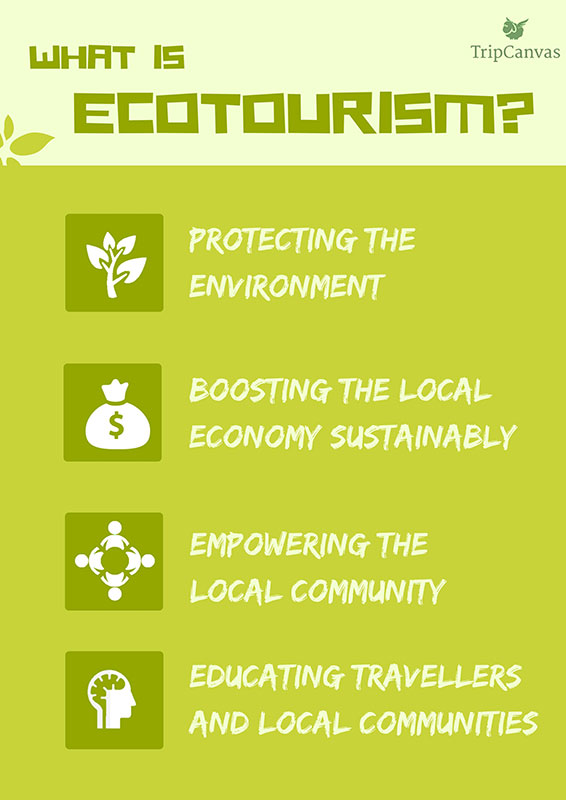
The true spirit of ecotourism goes well beyond that.
Seen as an alternative way of travelling, the concept of ecotourism means encouraging travellers to not just protect nature but also to support the local community by helping them to generate reliable and sustainable sources of income at the same time.
Both locals and travellers need to understand the positive impact of ecotourism and how everyone can work together to create a better society and environment. 🙂
Keen to know how you can contribute in Bali? Here’s 9 ecovillages that are making a difference on the island!
1. The exotic glamping experience – Baliwoso Educamp
If you’re a passionate camper looking for a heartwarming and meaningful authentic experience in Bali, Baliwoso is the perfect place for you.
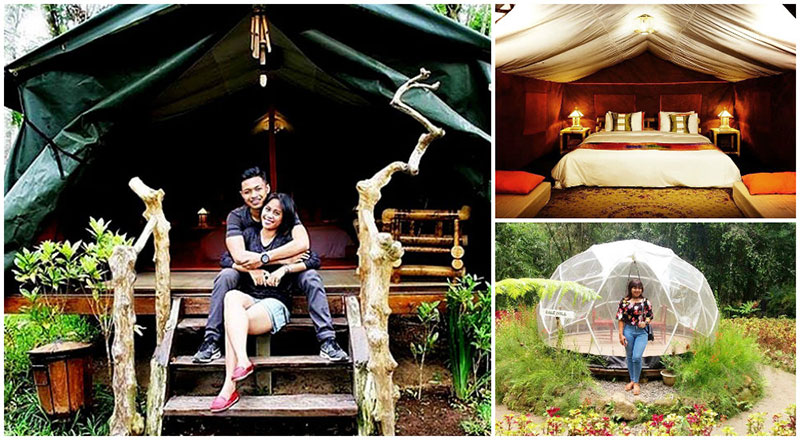
Hidden in Pengotan village, Baliwoso is where travellers can glamp (otherwise known as ‘glamorous camping’) while experiencing the authentic Bali culture.
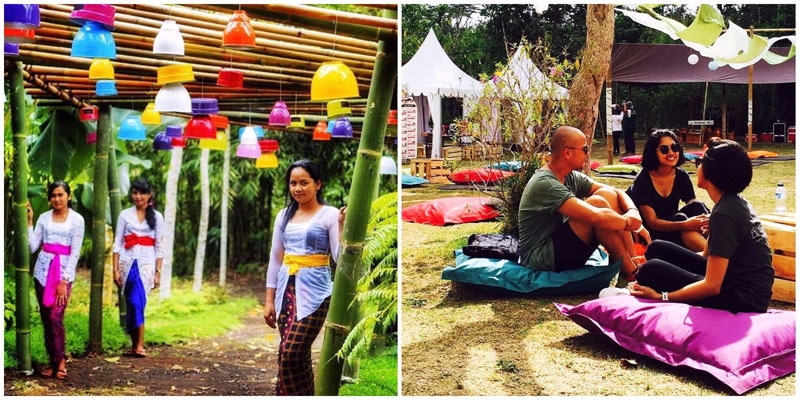
From adrenaline-pumping adventures such as river tubing and forest trekking, to genuine cultural experiences such as learning Balinese dance and playing the traditional musical instrument gamelan, there’s something for everyone.
In every activity, you’ll get to interact with the locals, and they will tell you all about how they conserve their natural resources.
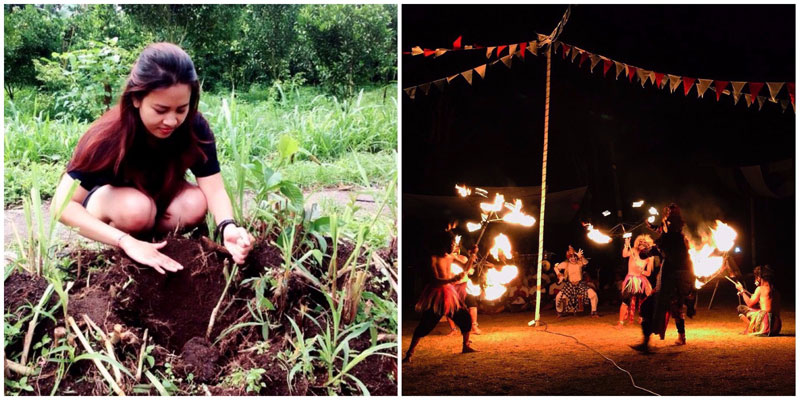
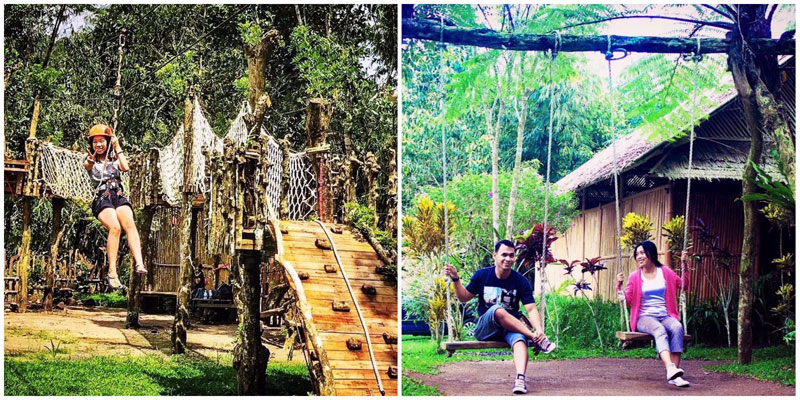
And don’t miss the annual Lobong Picnic, one of the largest events at Baliwoso. You will get to enjoy endless entertainment organised by the local villagers, such as games, competitions, traditional dances and even unique food stalls!
Lounge around on comfy beanbags with food, drinks and live music, and simply mingle and chat with the friendly locals!
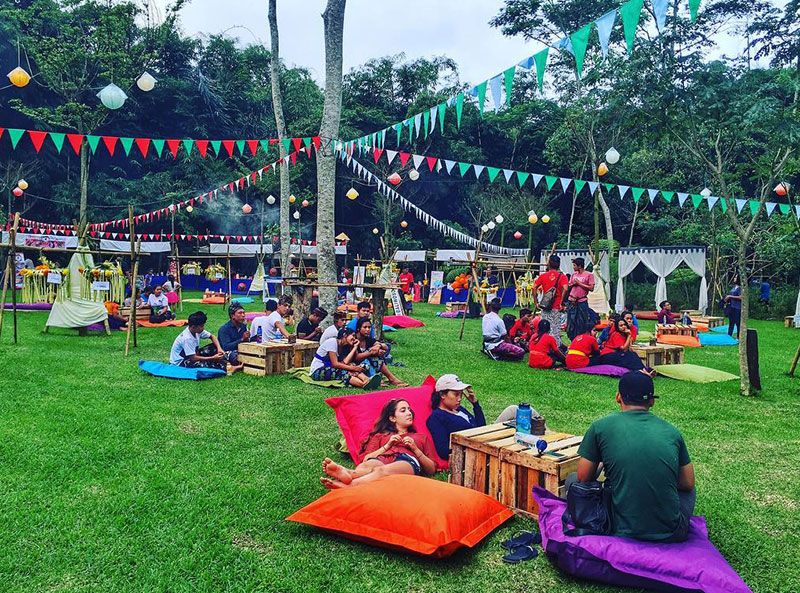
In fact, they will make you feel so welcome, you will feel like you are part of the community! Isn’t that simply the best way to encourage travellers to help conserve their natural environment and culture too?
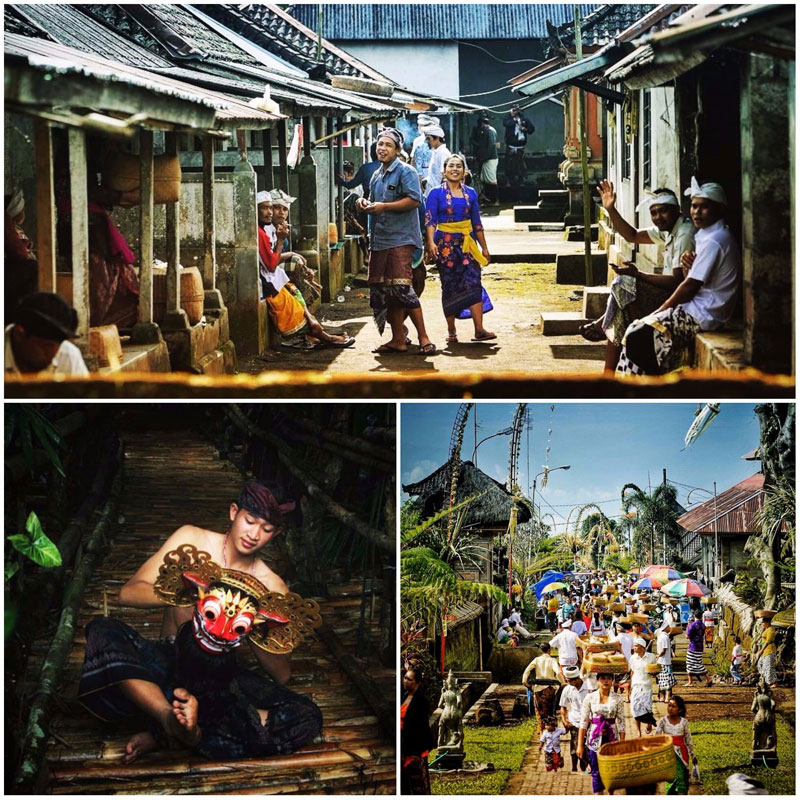
Located 55 kilometers from the heart of Bali, Tenganan Pegringsingan is one of the oldest villages on the island where the indigenous Balinese (also known as the Bali Aga) reside.
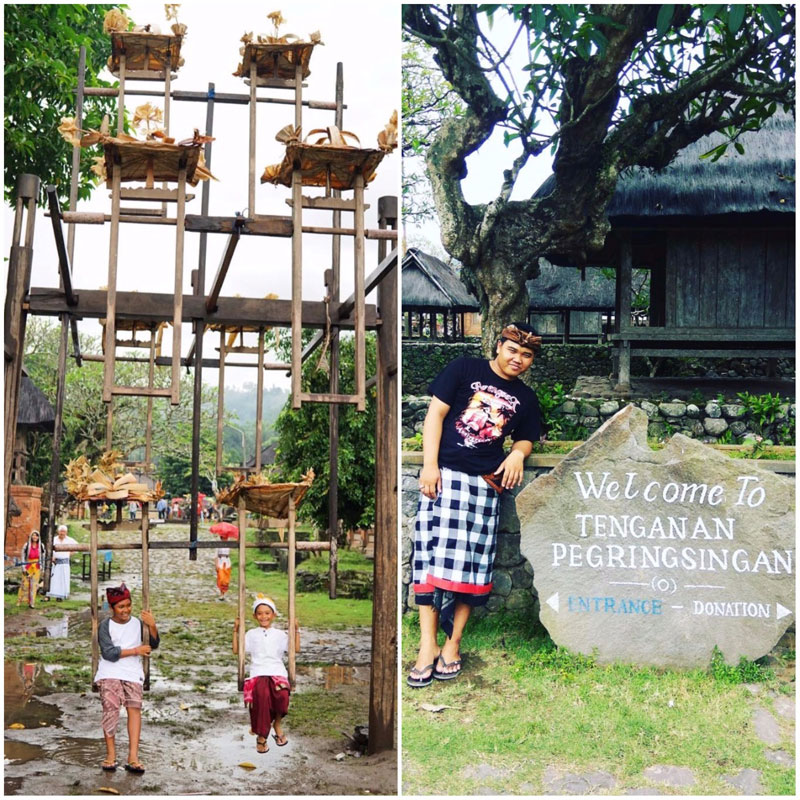
Here, you can encounter and experience the authentic Balinese culture, which has vanished in most other local villages.
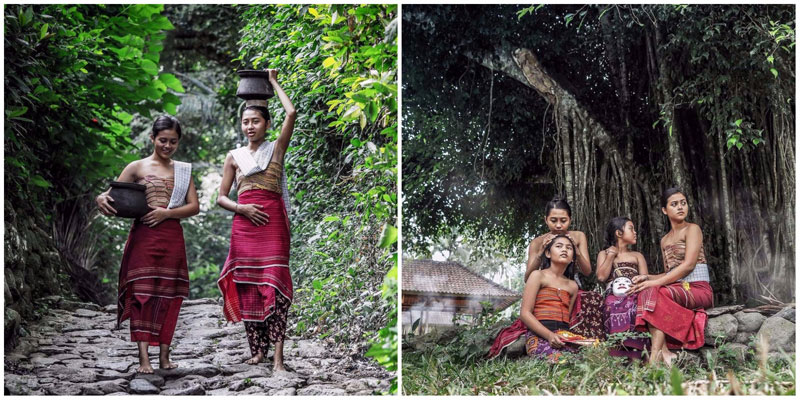
A famous folklore of Tenganan Pegringsingan dates back to the 14th Century. At that time, a king had lost his favorite horse and ordered all of his subordinates to find it. The horse was eventually found lifeless by the king’s advisor, Ki Patih Tunjung Biru.
To reward Tunjung Biru, the king promised him a land as far as anyone could smell the carrion of the horse. The quick-witted Tunjung Biru cut the carrion into pieces and scattered them as far as he could, so he could receive a large area of land. And that land is now known as the Tenganan Pegringsingan.
Now, Tenganan Pegringsingan still remains authentic and is very eager to introduce its culture to travellers. But besides being an ancient village, Tenganan Pegringsingan is also a classic example of an eco-village.
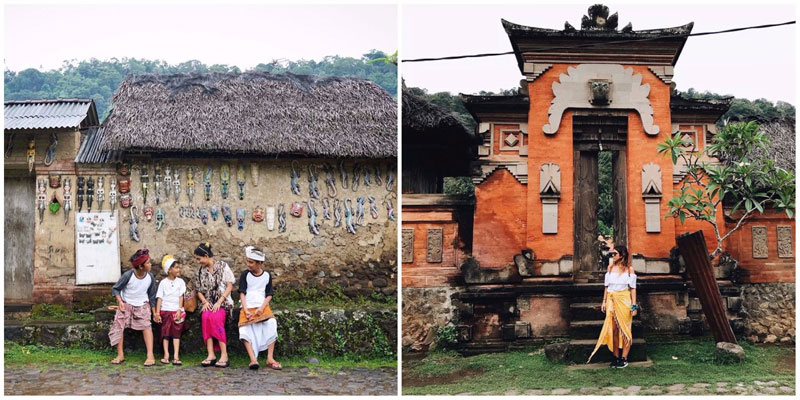
The villagers understand the importance of preserving their local agricultural industry, and its leaders have been ensuring that the influx of tourists doesn’t have negative impacts on the villages’ culture and lifestyle. This, of course, is a very impressive practice because if tourism stops generating sufficient income for the villagers, they would still be able to depend on their own agriculture for survival.
Unfortunately, tourism has brought some negative impacts. According to a few visitors, some residents (especially the art vendors) have started to become more mercenary towards tourists, such as when visitors didn’t purchase any merchandise, they were treated unpleasantly.
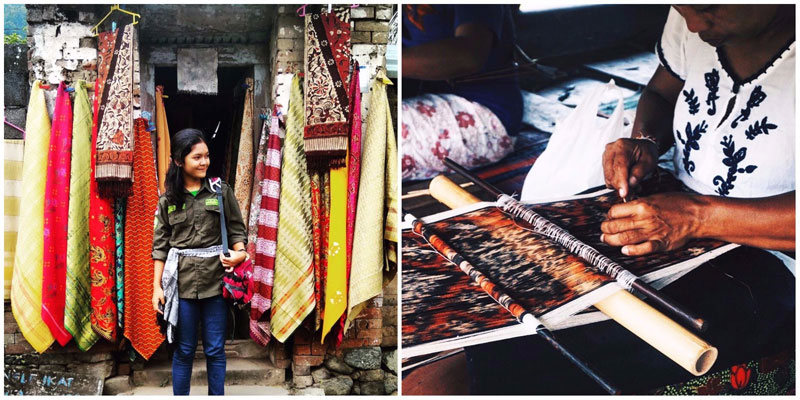
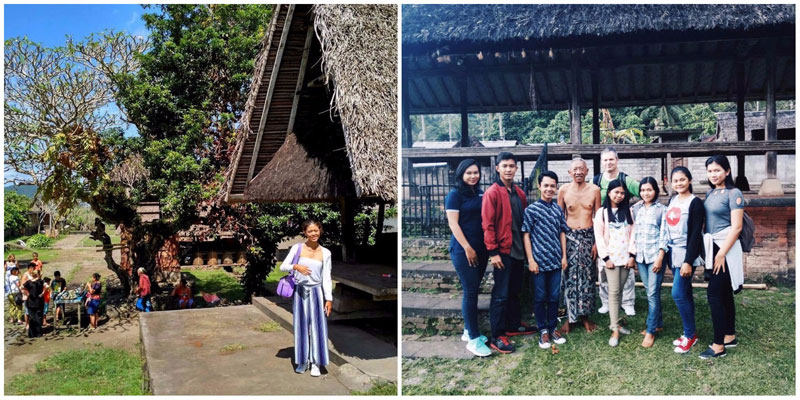
Want to learn more about this village before visiting? Check out this video:
3. From community to OMunity – Sudaji
‘Living with and amongst the local community’ is the concept of travelling that the villagers of Sudaji are proud to promote.
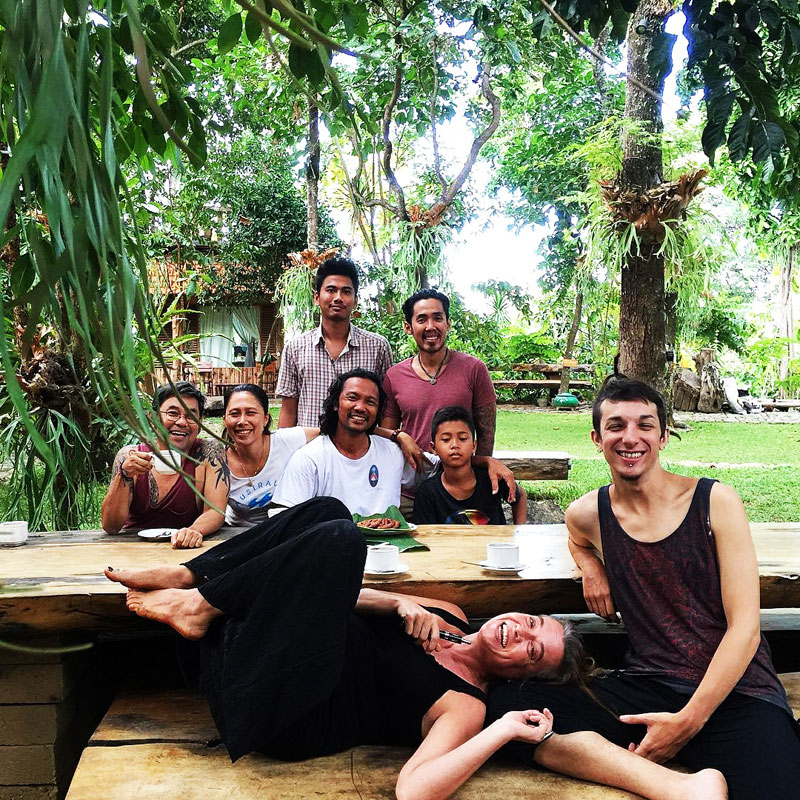
In Sudaji, tourism is not a money-generating machine that neglects the importance of community and environment.
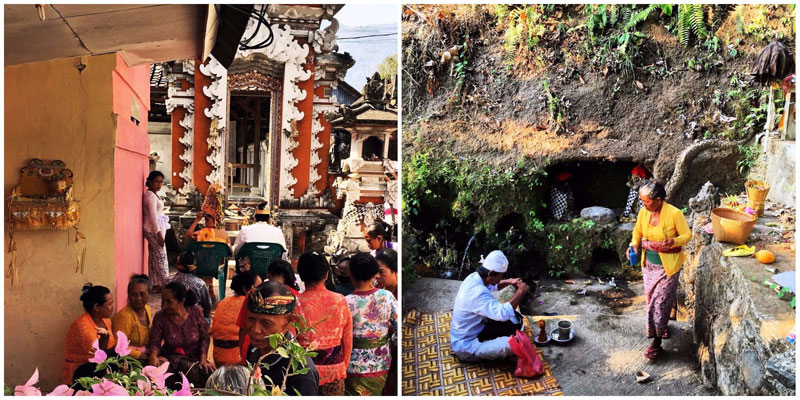
Developed under the name of OMunity, tourism in Sudaji intends to empower and lift its community from poverty while protecting the environment at the same time. Here, most constructions are built using only organic materials such as bamboo, wood, and leaves. As these materials are easily decomposed, they don’t generate waste to fill up the earth.
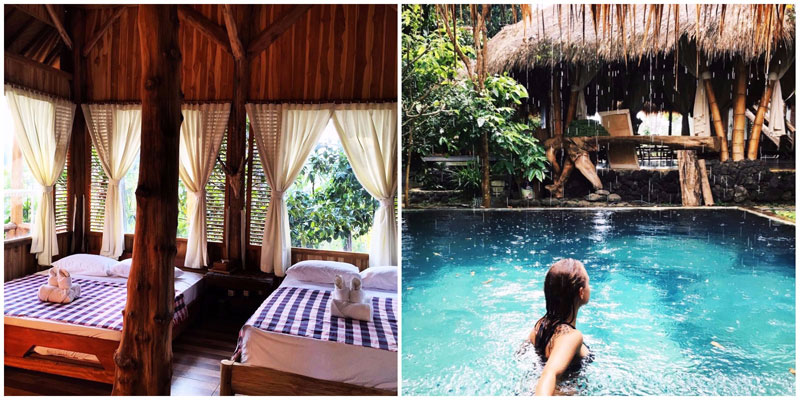
All villagers in Sudaji are welcome to participate in the industry regardless of their age or educational background. From being a local guide who introduces local wisdom, local chef who prepares scrumptious dishes, to a security guard who keeps the village safe at night, everyone has a role to play as long as they are willing to take part.
You can join in the many activities offered here, from trekking, yoga, to offering-making and more. All of them are designed to raise environmental awareness and introduce local wisdom and insights, not only to travellers but also to the local community.
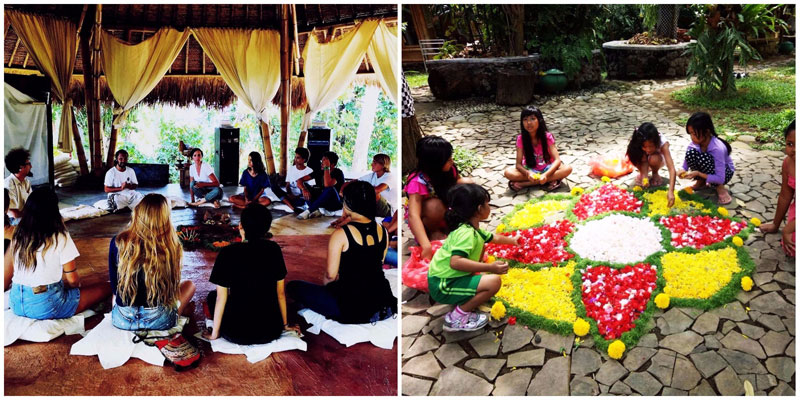

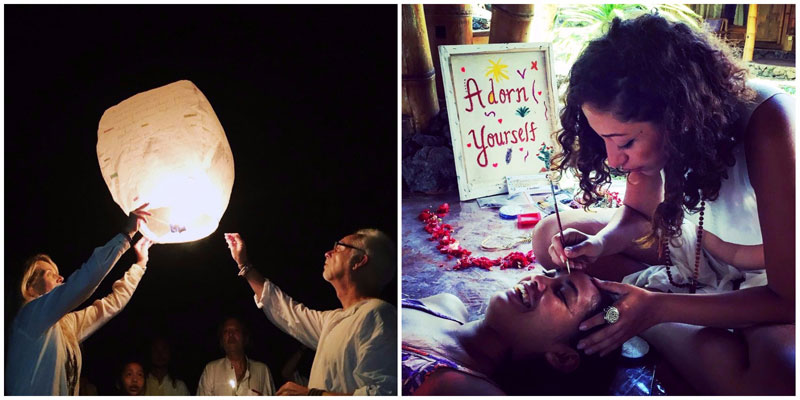
Of course, accepting investment and turning the village into another luxurious villa complex is a much easier job, but the people of Sudaji refuse to do so because they believe that the village and its natural resources are the best gifts their children and grandchildren will receive, so they are strictly not for sale.
4. The land of snake fruit – The Dukuh Sibetan
Nestled at the foot of the active volcano Mount Agung, Dukuh Sibetan is a miraculous village that is embraced by the vast mountain forests and warm blue ocean. This village is extremely famed for its Salak plantation (otherwise known as the “snake fruit”).

More than 50 years ago when Mount Agung erupted, the entire village was covered with a thick layer of ash. It was so extreme that all of the local plants could not survive, except the Salak.
The Salak plantation in the village is now widely promoted as an agritourism destination and used to raise environmental awareness. Upon visiting the farm, you can learn not only about the Salak and its cultivation process, but also the value of the ecology here for the local community.
The warm-hearted villagers will also be happy to introduce their culture, history, and strategy in managing natural resources.

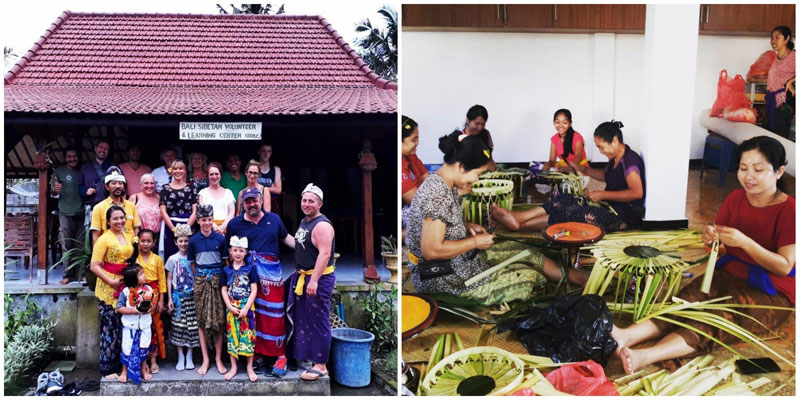
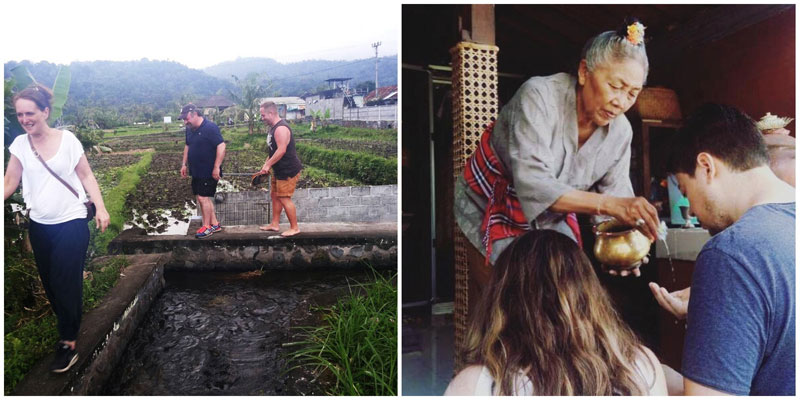
And a special privilege only for female travellers, you can join the women in the village to learn about their roles and duties, such as cooking and preparation for ceremonies. Experiencing the local culture is the best way to learn about it!

The Dukuh Sibetan
Address: Sibetan, Bebandem, Karangasem Regency, Bali
How to get there:The village is located in Bebandem Subdistrict and about 5 km from Putung. If you drive for around two hours to the east from Denpasar, you will find the Sibetan Village.
Best time to visit: Harvest season (January-February and August-September).
Coordinates here
Website 5. The seaweed garden – Nusa Ceningan
If you love beaches, you must have heard of Bali’s offshore islands, Nusa Ceningan, Lembongan and Penida.
Nusa Ceningan is blessed with impressive tourism potential such as breathtaking beaches, clear water, gorgeous underwater views, authentic local lifestyle, and even a secluded bird nest location.
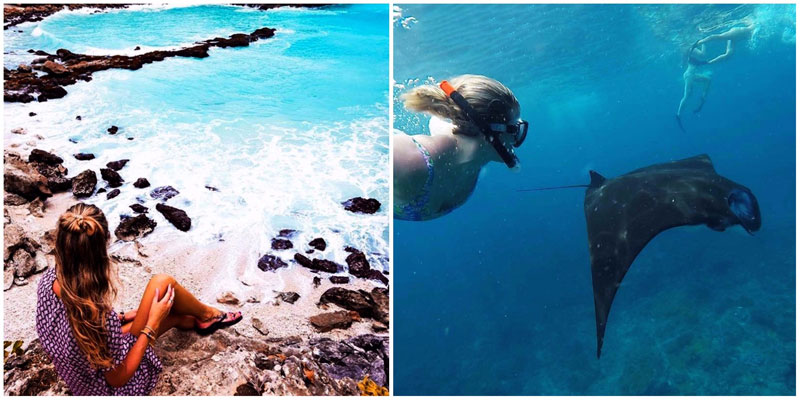
This island definitely has what it takes to compete with its more famous sister island, Nusa Lembongan. Thankfully, the local community has always resisted the draw of getting quick cash from tourism.
Tremendous change of lifestyle and land use would be the villagers’ biggest concern if tourism is developed here. The locals recognise that excessive and rapid development of tourism can only bring little interest to the community, as most of the benefits would end up in the pockets of both investors’ and the government.
The people of Ceningan eventually choose to make sustainable use of existing natural resources by developing ecotourism, so there is no excessive constructions that will harm the surrounding ecology. Isn’t this such a smart way to maintain their own natural environment and economic income?
Activities designed for ecotourism here are pretty subtle yet refreshing, such as snorkelling, swimming, learning about the seaweed plantation, or simply chilling by the beach while interacting with the local residents. All these activities aim to educate travellers and bring as little impact as possible to the ecology.
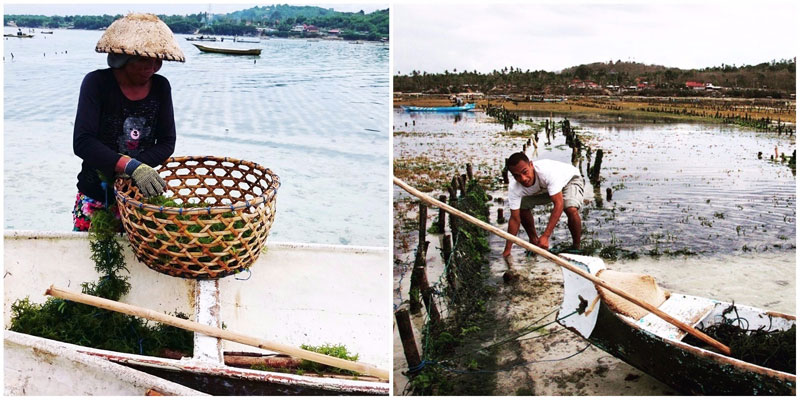

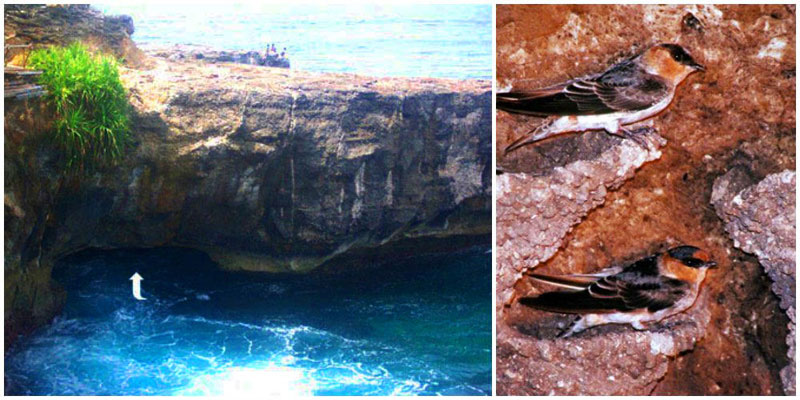
The local villagers have also admitted that tourism helps them to be more creative. It pushes them to empower themselves and pay more attention to their land and the surrounding environment.
Nusa Ceningan
Address: Ceningan island, Lembongan, Klungkung Regency, Bali
Coordinates here
6. Back to Nature – Nyambu Village
As we admire the beautiful rice paddies in Bali, let’s not forget that they may one day vanish for ever.
The younger generation nowadays take little interest in farming, and if this trend continues, many villages and farms may eventually turn into a monotonous concrete jungle, and this has slowly become a reality in Bali.
Fortunately, in Nyambu village, where the farmland spreads as far as 231 hectares, ecotourism is used to preserve not only their rice fields but also culture. Ecotourism in Nyambu acts as a shield that protects the village from the increasing urbanisation and rapid development of hotels (which would reap little benefits for the locals).
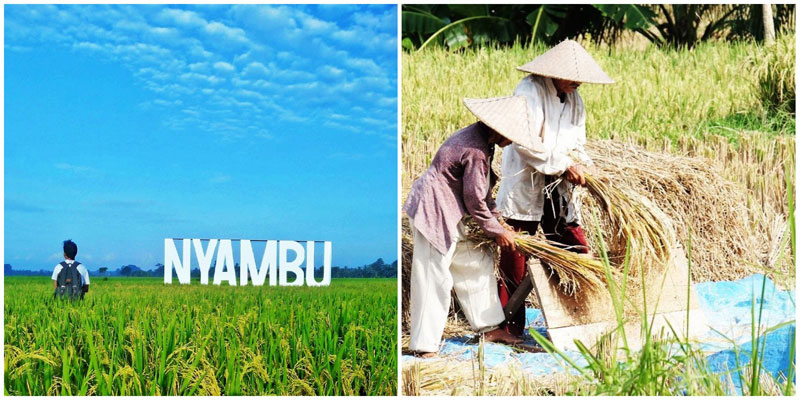
It is only through the preservation of the paddy fields and running community-based tourism that the locals can earn the benefits they deserve.
Various organisations such as PT Langgeng Kreasi Jayaprima, the British Council, and Yayasan Wisnu have helped to give villagers a leg up as well, by providing workshops, training and internships for the locals so that they can be fully equipped to manage this community-based tourism.

There are mainly two activities offered in Nyambu. One is a cultural trail that takes you on a historical journey in Bali and the other is a paddy field trail that introduces you to the ancient philosophy of rice fields in Bali.
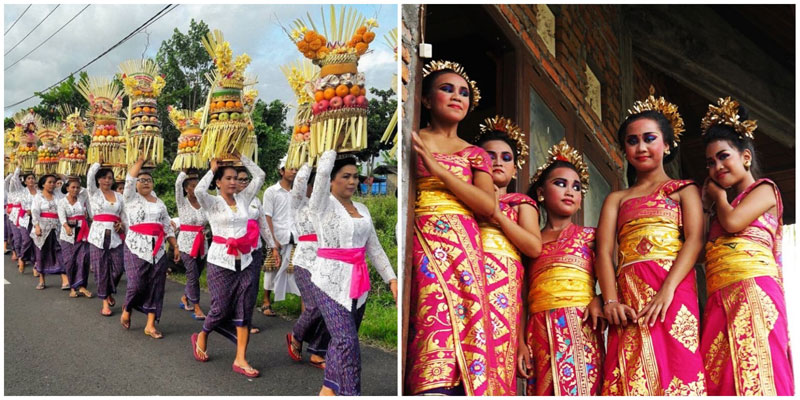
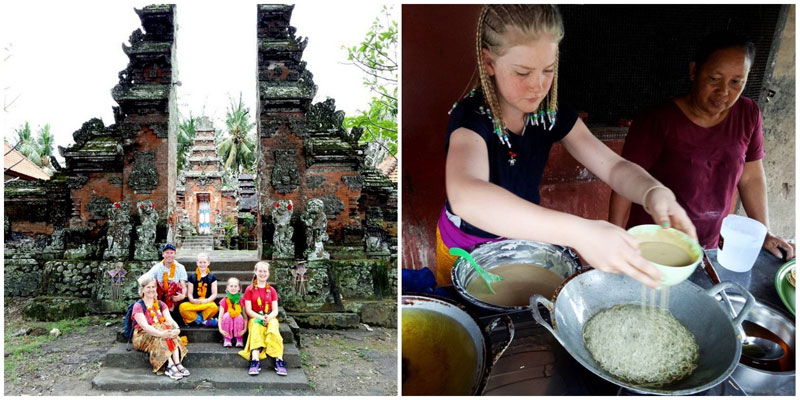
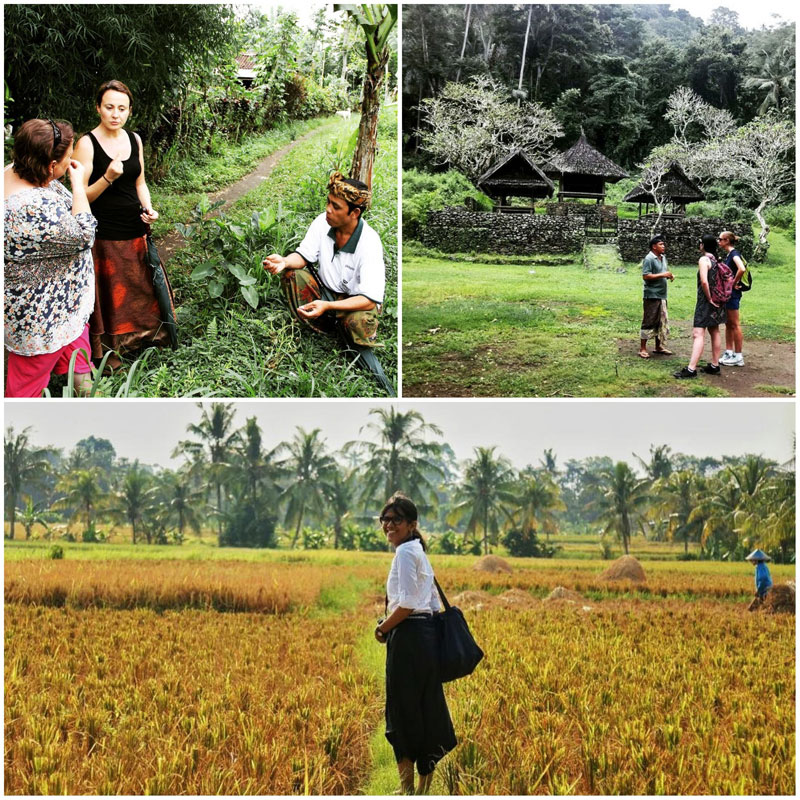
Both activities hope to introduce the genuine side of Bali, to encourage travellers to show more appreciation and respect towards the island. This also helps the local community to slowly reconnect with their land, culture and philosophy. Isn’t ecotourism such a mutually beneficial concept?
Nyambu Village
Address: Nyambu, Tabanan Regency, Bali
Coordinates here
Contact: [email protected]
Website 7. Organic coffee in the clouds and hidden natural wonders – Kiadan Pelaga
Are you a fan of good coffee?
If so, you mustn’t miss Kiadan Pelaga, a magnificently isolated village situated 1000 metres above sea level that’s extremely well-known for its high quality and organic ‘golden brown’ coffee plantation.

And that’s not all. After getting your caffeine fix, wander off to the many natural wonders in the village, such as a breathtaking waterfall, exotic bamboo forest, flowing river, and lush vegetation. These natural resources are consciously taken care of by the villagers as part of their dedication to ecotourism in their village.
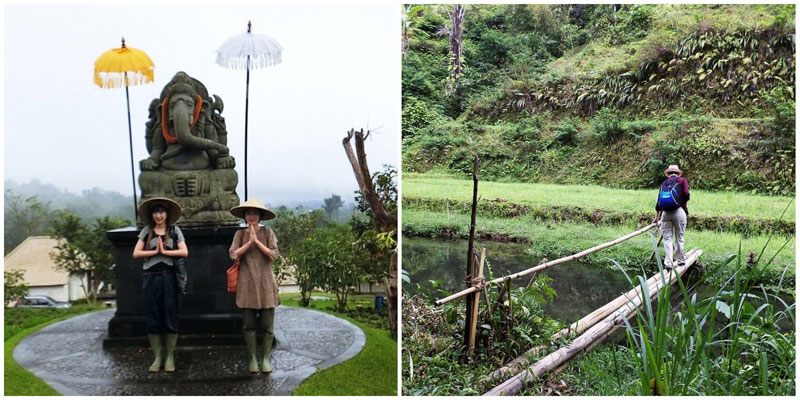
Usually, villages don’t receive any assistance from the government to conserve their natural resources and environment. But as travellers visit the villages by opting for tour packages within the village or purchase local products, villagers are able to earn an income, part of which is used as funds for conservation. This may even attract government investment as tourism will also eventually generate profit for the country.
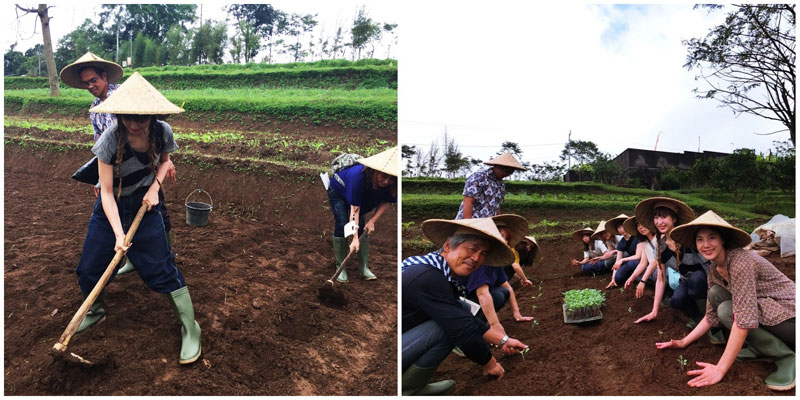
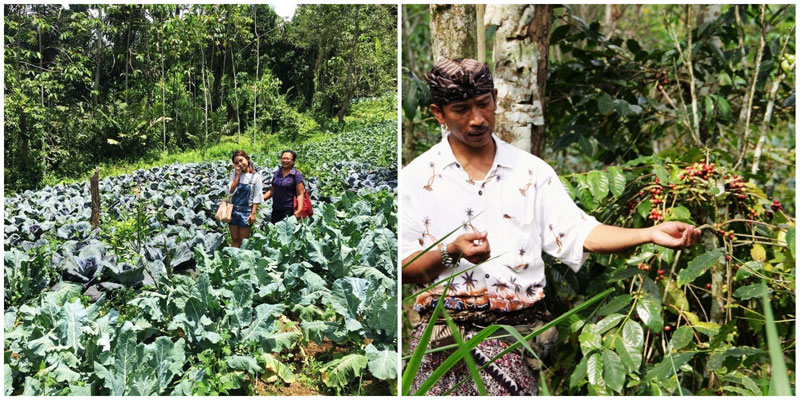
When the profits from ecotourism is fairly distributed to the locals, they would have more incentive to protect their natural resources and maintaining their culture, instead of being tempted to trade their land and environment with investors for the prospect of gaining more.
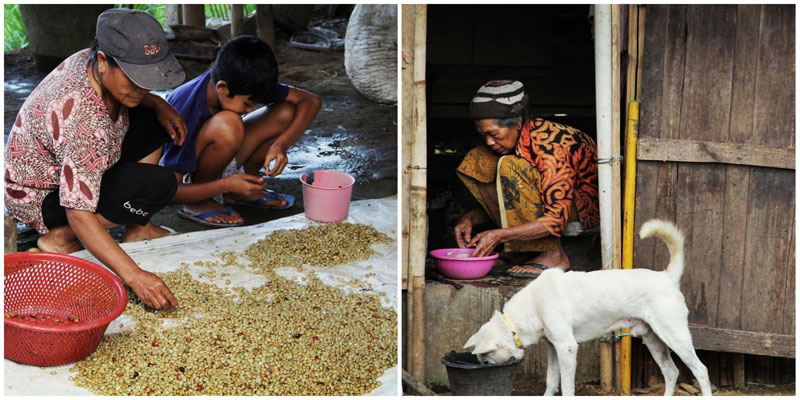
An ecovillage is as fragile as a plastic bag, so if it is not properly utilised or is overloaded, it would break and become useless. So in order not to overexploit the resources in Kiadan Pelaga, the number of tourists here is well-controlled to minimise the negative impacts of having too many visitors.
8. The World Peace Village – Kertalangu
While most ecovillages in Bali are nestled in remote locations in Bali, Kertalangu is just 6 kilometers from Denpasar.

Located in the middle of an 80-hectare rice terrace, this village offers numerous exciting activities such as fishing, paintball, flying fox, cultural performances, handicraft-making and more!
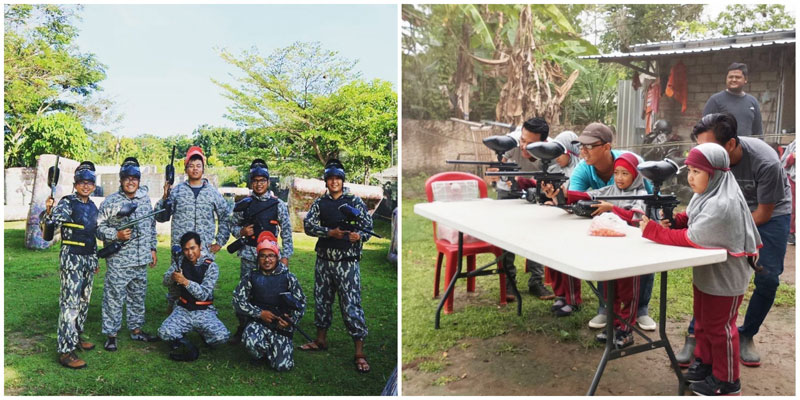
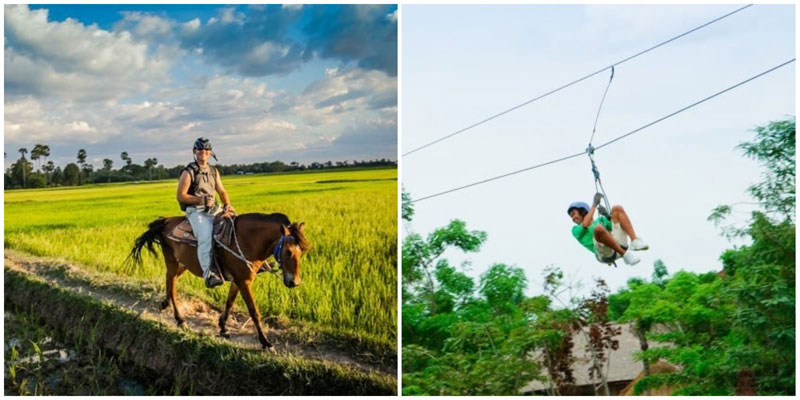
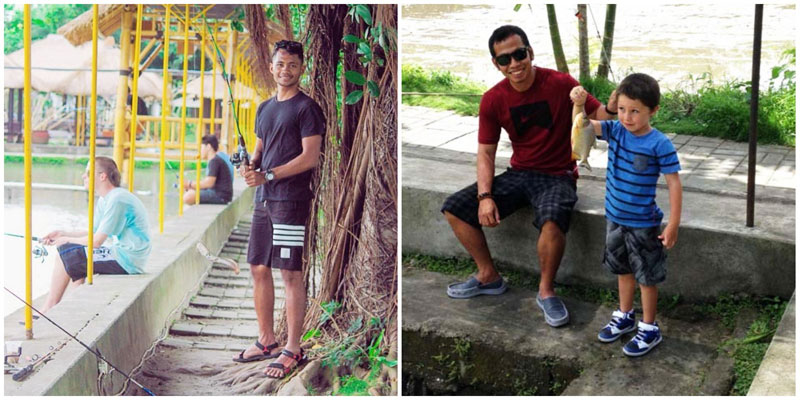
As a traditional Balinese village strongly influenced by Hinduism, the concept of “Tri Hita Karana (roughly translated as “three causes of well-being”)” is widely practised in Kertalangu. This concept seeks to promote harmony among people (through healthy interactions with residents and tourists), harmony with nature and the environment (by preserving the ancestral land and avoid land conversion) and harmony with God (through rituals and customs).
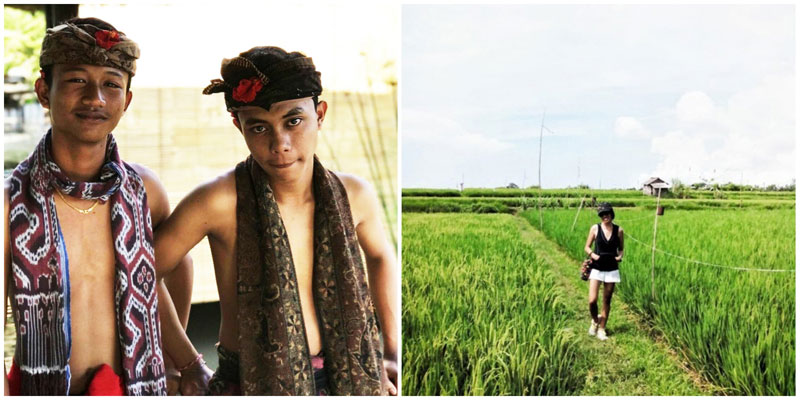
Influenced by this belief, the locals are very grateful for all the natural resources provided by their god and hence put in great effort to conserve and protect their environment.
Kertalangu
Address: Jl. By Pass Ngurah Rai No.88, Kesiman Kertalangu, Denpasar Tim., Kota Denpasar, Bali
Coordinates here
Contact: +62 361 461287
9. Cleanest village – Penglipuran
Penglipuran is one of the cleanest villages in the world, but do you know that it actually has a lot more to offer?
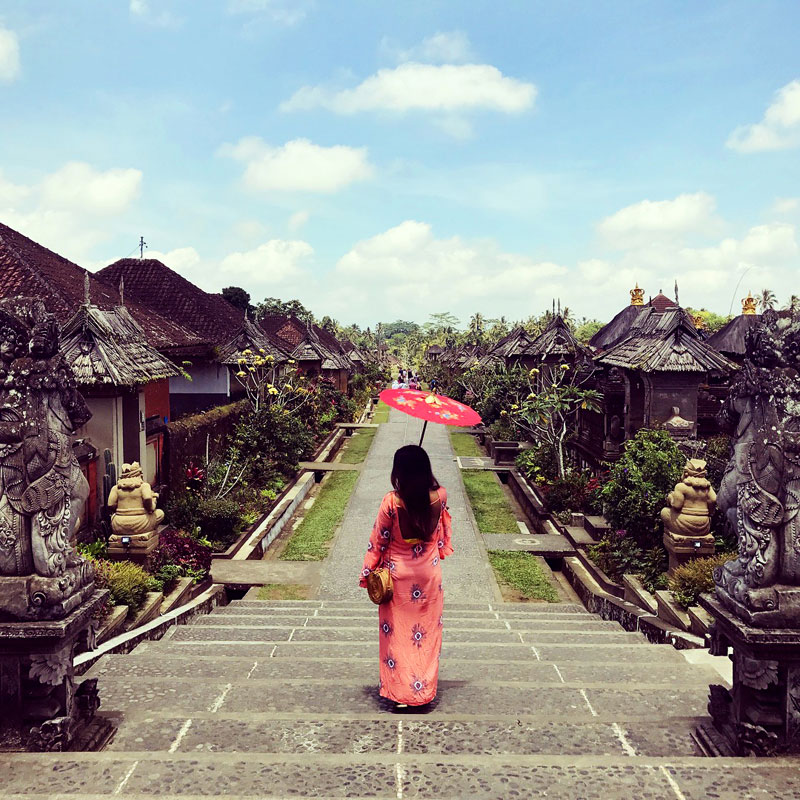
Set in the highlands of the Bangli regency, Penglipuran is a traditional village where customs and rules are strictly upheld. The residents here greatly respect their ancestors and are very grateful for their inheritance, which includes the natural resources in the village.

Penglipuran has strict rules and regulations to preserve their valuable resources, such as no smoking and no vehicles are allowed inside. Chopping down a tree is only allowed if it is approved by the local priest.
The original purpose of conservation in the village is to raise greater awareness of their ancestral traditions and culture among the younger generation, but after it was awarded as one of the cleanest villages, tourism has slowly flourished.
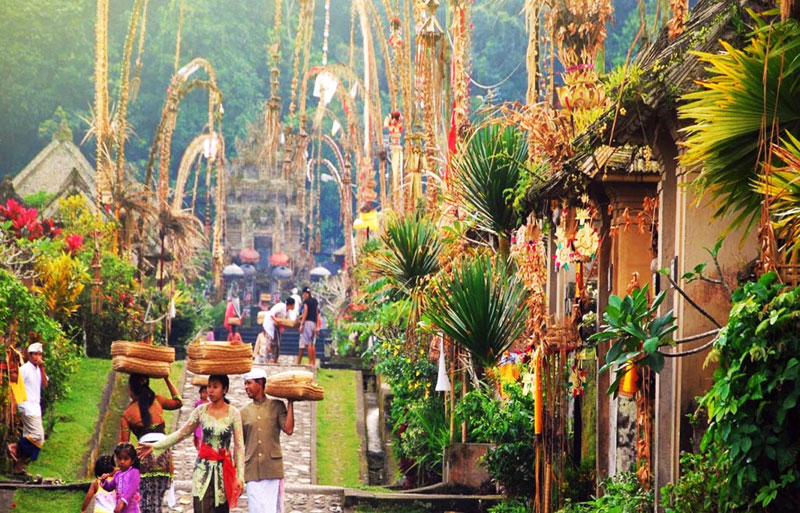
Although Penglipuran has been successful in conserving its natural environment, a few tourists have mentioned that the village has started to lose its originality. As residents are now more dependent on tourism, attracting more tourists has become the priority and this has resulted in a staged cultural atmosphere.
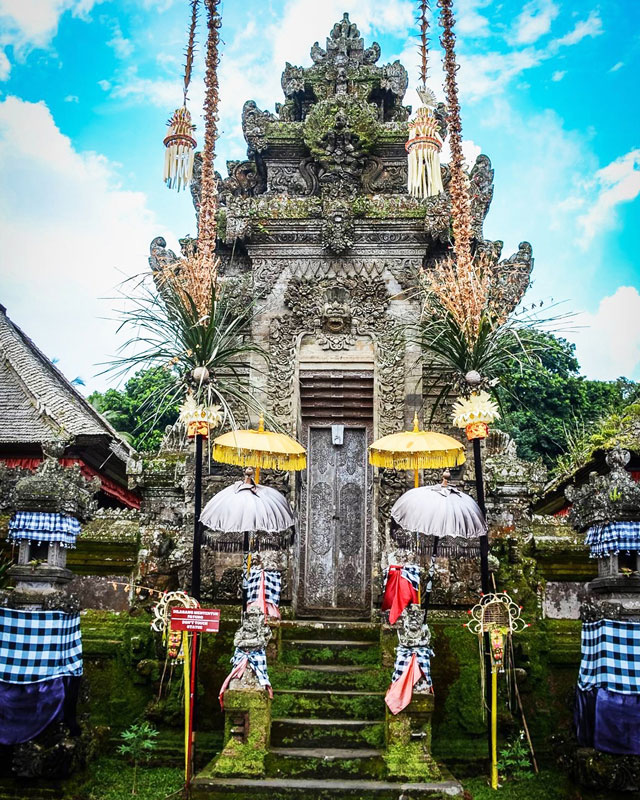
As more tourists flock to this village, with little crowd control, the original intentions of ecotourism may be slowly lost.
Penglipuran
Entrance fee: Rp. 15,000 for Indonesians and Rp. 30,000 for foreigners (approximately USD 2.26)
Address:Desa Penglipuran Bangli Bali, Kubu, Bangli Regency, Bali
Coordinates here
Special mention: Teaching kids to love Mother Earth – Green School Bali
Want to get your kids to experience for themselves living in a space where environmental conservation is serious business? Why not enroll them in the Bali Green School?
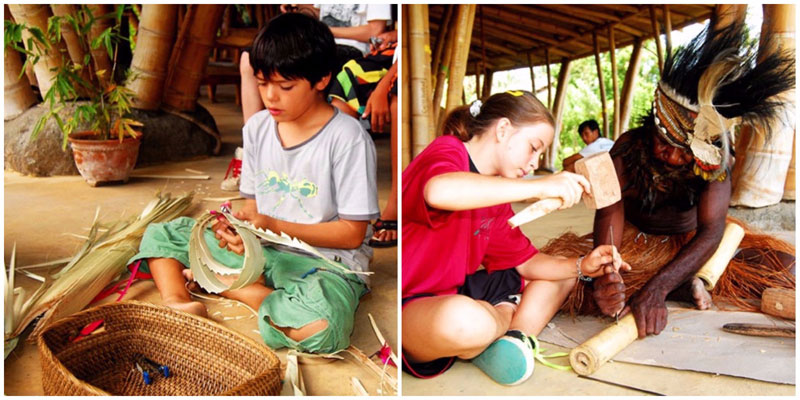
As you can probably tell, this isn’t your typical school that prioritises grades. At the Green School, kids get to breed chicken and goats, learn how to plow the rice paddies, manage their own organic garden and take part in a wide variety of activities that teaches them about the environment.
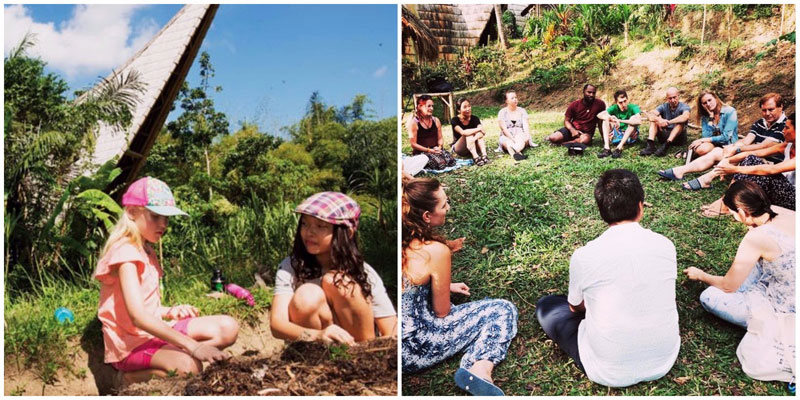
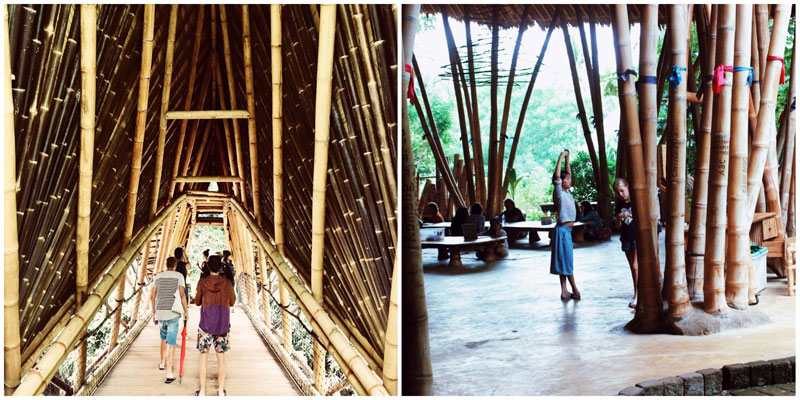
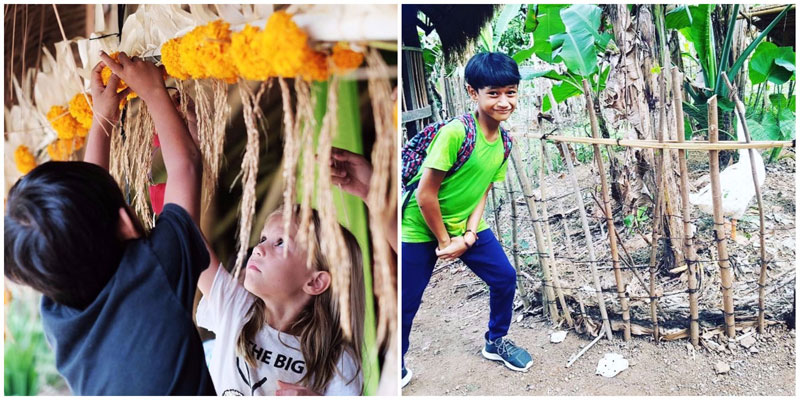
Even the toilet is a compost toilet! (Water is replaced with sand, so all the human waste can be used as fertilisers later.)
Beside getting the kids acquainted with nature, the school is also a place that triggers the imagination and builds curiosity. It’s a wall-less playground where you will be trained to become a green leader.
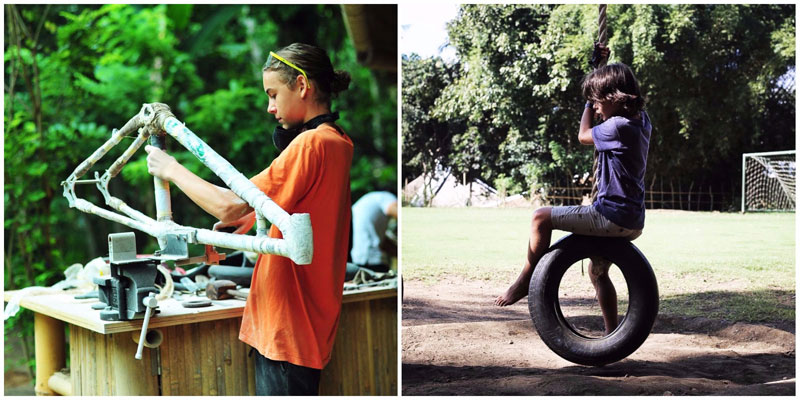
In simpler words, it’s a place of joy!
P.S. Kids from 3 to 16 years old are welcome to apply!
If you’re unsure if a location is genuinely an ecotourism destination, you can use these questions to guide you:
1. Does the local community put in great effort to conserve the natural resources and to minimise the impact of tourism on the environment?
2. Does ecotourism in the village create more jobs or increase the overall income for the local people?
3. Does the local community have the opportunity to directly participate in the tourism industry regardless of their educational background and age?
4. As a traveller, did you learn something valuable about the destination’s environment and culture after going on an ecotourism tour?
If you have answered yes to all of the above, the place is indeed an ecotourism destination.

References:
Ekström, A. (2016). Community-Based Ecotourism as an alternative to mass tourism, in Bali.
Putra, M. A. S., Manuaba, I. A., & Sunarta, I. N. (2012). EVALUASI PENGEMBANGAN EKOWISATA DESA BUDAYA KERTALANGU DI DESA KESIMAN KERTALANGU KOTA DENPASAR.
PLEASE NOTE: All the above information is correct at the date of publication. If you come across any changes or updates, please let us know and we will update the information accordingly. Thank you!
Tell us
| PLEASE NOTE: All the above information is correct at the date of publication. If you come across any changes or updates, please let us know and we will update the information accordingly. Thank you! Tell us |
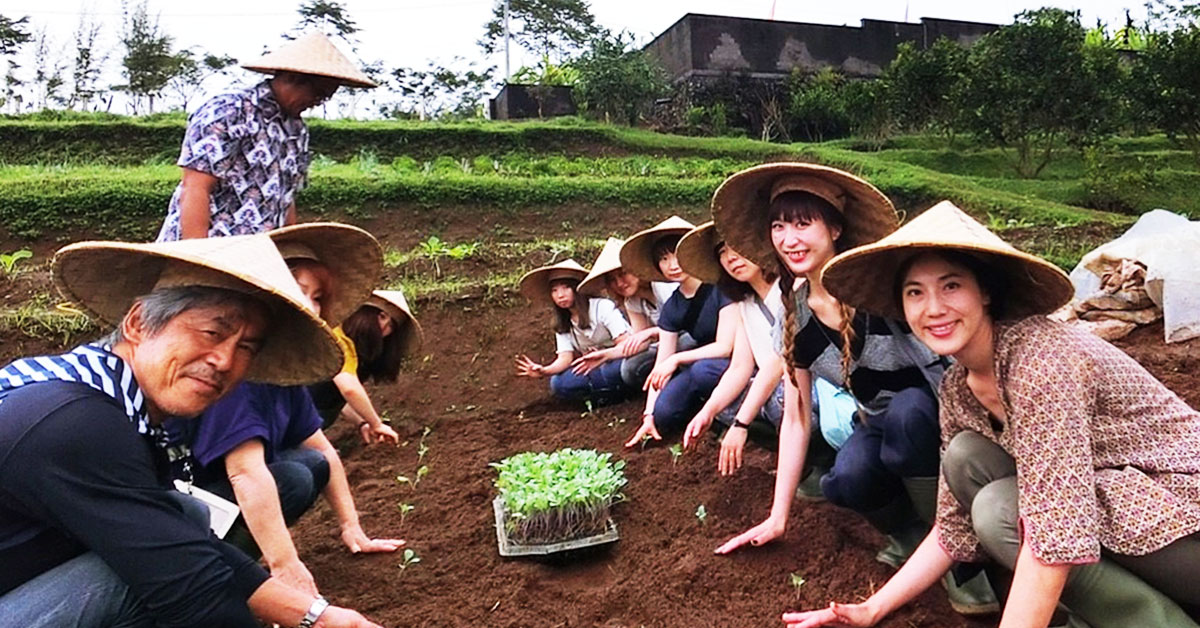



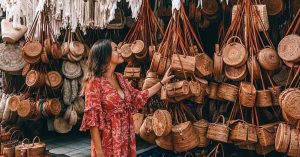
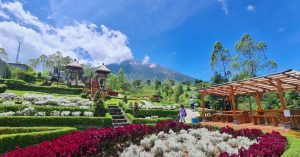
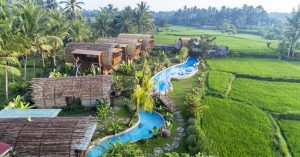

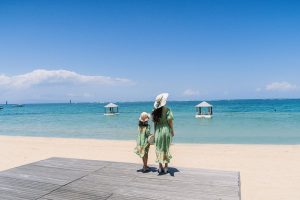
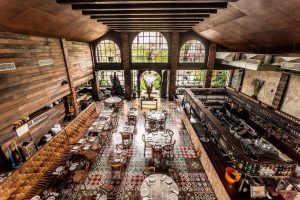
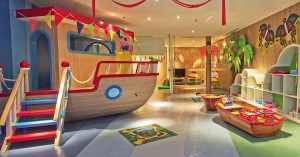


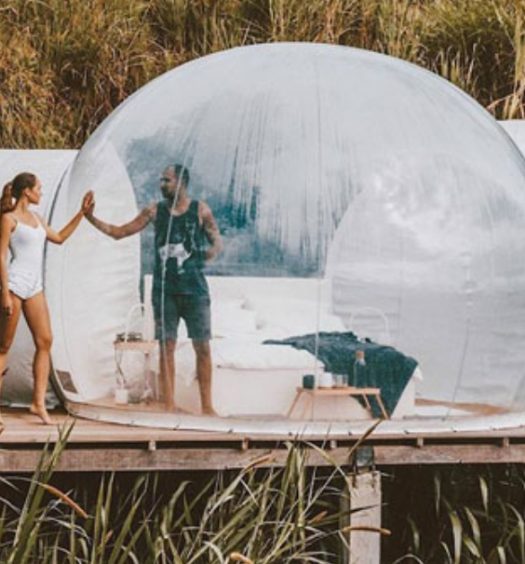

 Bahasa Indonesia
Bahasa Indonesia 简体中文 (Chinese)
简体中文 (Chinese)